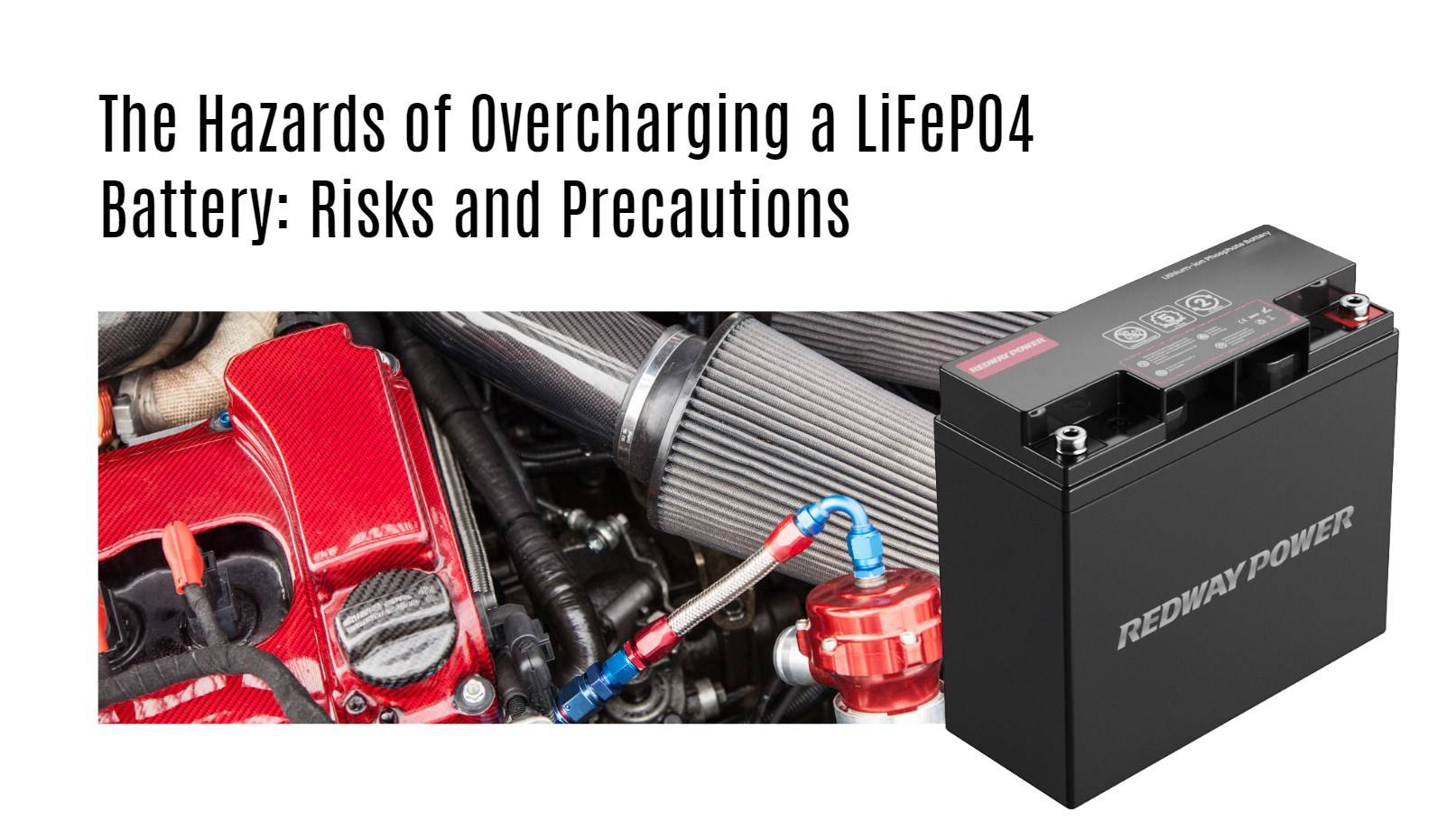Overcharging a Lithium Iron Phosphate (LiFePO4) battery poses significant risks, including reduced lifespan and potential thermal runaway, which can lead to severe safety hazards. Understanding these risks and implementing proper precautions is essential for safe battery management.
What Happens During the Overcharging of LiFePO4 Batteries?
When a LiFePO4 battery is overcharged, it exceeds its maximum voltage threshold, leading to excessive heat generation and potential chemical reactions that compromise cell integrity. This process can result in gas buildup, swelling, or even leakage, posing serious risks.
Chart Title: Consequences of Overcharging
| Consequence |
Description |
| Heat Generation |
Excessive heat can damage cells |
| Gas Buildup |
Pressure increases within the cell |
| Chemical Reactions |
Potential for cell failure |
How Can Overcharging Affect Battery Lifespan?
Overcharging significantly shortens the lifespan of a LiFePO4 battery by accelerating degradation processes within the cells. Repeated exposure to high voltage can lead to irreversible damage, reducing overall capacity and efficiency.
Why Is Overcharging a Concern for LiFePO4 Batteries?
Overcharging poses a unique concern for LiFePO4 batteries due to their chemistry; while they are generally safer than other lithium-ion types, excessive voltage can still trigger dangerous reactions if not properly managed.
How Does Overcharging Lead to Thermal Runaway?
Thermal runaway occurs when a battery generates more heat than it can dissipate, often triggered by overcharging. This condition can escalate quickly, leading to fires or explosions if not controlled.
What Precautions Can Be Taken to Prevent Overcharging?
To mitigate the risks associated with overcharging, users should:
- Utilize chargers specifically designed for LiFePO4 batteries.
- Regularly monitor voltage levels during charging.
- Implement timers or automatic shut-off features on chargers.
Chart Title: Precautions Against Overcharging
| Precaution |
Implementation |
| Use Appropriate Chargers |
Ensure compatibility with chemistry |
| Monitor Voltage Levels |
Regular checks during charging |
| Automatic Shut-Off |
Prevents excessive charge |
How Can Battery Management Systems Help Prevent Overcharging?
Battery management systems (BMS) play a crucial role in preventing overcharging by monitoring individual cell voltages and temperatures, ensuring that each cell operates within safe limits and providing alerts if parameters exceed acceptable thresholds.
What Are the Best Practices for Charging LiFePO4 Batteries?
Best practices include:
- Charging at recommended rates specified by manufacturers.
- Avoiding extreme temperatures during charging.
- Ensuring connections are secure and free from corrosion.
How Do Different Charger Types Affect LiFePO4 Battery Safety?
Using chargers specifically designed for LiFePO4 batteries is vital; these chargers provide appropriate voltage and current levels tailored to this chemistry, reducing risks associated with improper charging practices.
Expert Views
“Understanding the intricacies of charging protocols is essential for maximizing both performance and safety in LiFePO4 batteries,” states an expert in energy storage technology.
FAQ Section
- What are common signs that a LiFePO4 battery is being overcharged?
Common signs include excessive heat, swelling, or unusual smells emanating from the battery.
- Can I use any charger with my LiFePO4 battery?
No, it is crucial to use chargers specifically designed for LiFePO4 batteries to ensure safety and compatibility.
- What should I do if I suspect my battery is overcharged?
Immediately disconnect it from the charger and allow it to cool down in a safe location away from flammable materials.




